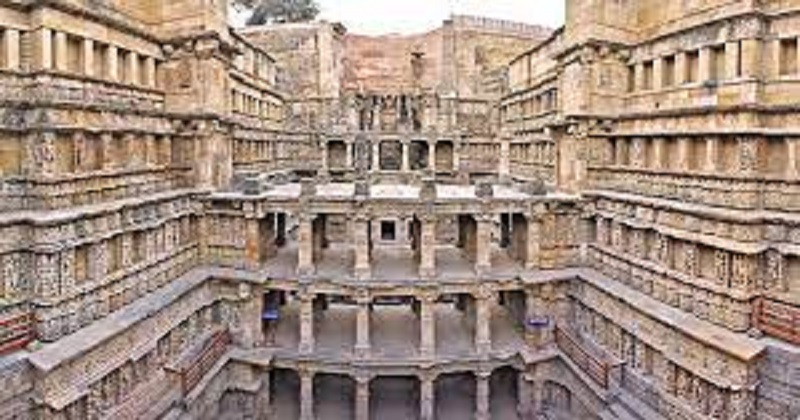
Rani-Ki-Vav or the Queens well is an architectural wonder on the banks of the Saraswati River at Patan. It is located about 140 kilometers from Ahmedabad in Gujarat. Locally known as Rani-Ni-Vav, this remarkably preserved stepwell was made in the 11th century by Rani Udayamati of the Chalukya Dynasty in honour of her husband Bhimdev I. The stepwell was commissioned in 1063 and was completed after 20 years.

Prabandha-Chintamani written in the year 1304 by a Jain monk Merutunga mentions that Udayamati the daughter of Naravaraha Khangara has built the stepwell at Patan.
One of the oldest and finest stepwells in Gujarat, Rani-Ki-Vav is made in Maru-Gurjara architectural style. Measuring 64 metres in length, 20 metres in width and 27 metres in depth Rani-Ki-Vav faces east and spreads over 12 acres of land. The technological, architectural, and artistic mastery of ancient India is quite evident from the design and construction of this subterranean water storage system.
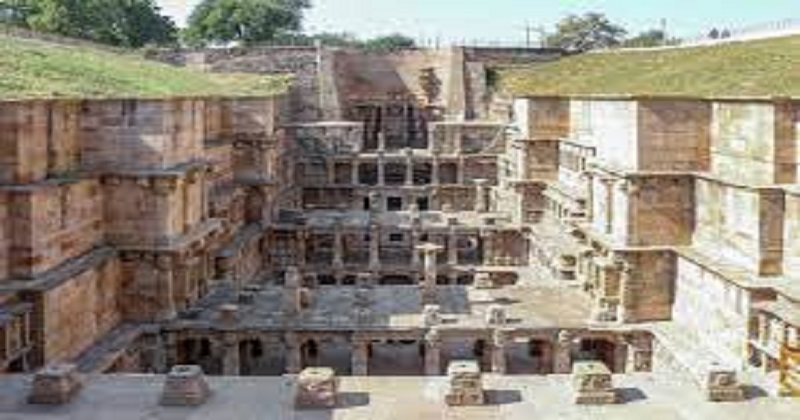
The stepwell was constructed as a religious as well as functional structure highlighting the sanctity of water. Designed like an inverted temple, the stepwell is divided into seven levels of stairs. It begins from the ground level with steps leading down to the bottom. The entrance is located in the East. The fourth level is the deepest. It leads into a rectangular tank for collecting surplus water, measuring 9.5 m by 9.4 m, at a depth of 23 m. The draw well is located at the westernmost end of the structure and consists of a shaft 10 m in diameter and 30 m deep. There is a gate at the lowermost level which has a 30 km tunnel that leads to the town of Siddapur in Patan which was a secret route for escape during war or other difficult situations. Now people are not allowed in the tunnel as it is damaged.


There are many corridors, pavilions, and pillars in the stepwell. The walls of the stepwell and corridors are adorned with intricately carved religious and mythological sculptures. About 500 principal structures and over 1000 minor sculptures are engraved on the walls. This includes Hindu deities, Apsaras, ordinary people, animals, birds, and fishes. The sculptures of Lord Vishnu outnumber others. Many sculptures portray the different avatars and forms of Lord Vishnu. The entire stepwell is made of sandstone.
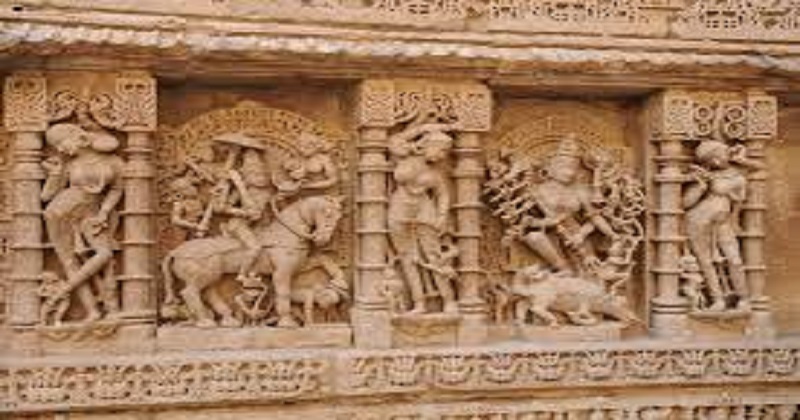
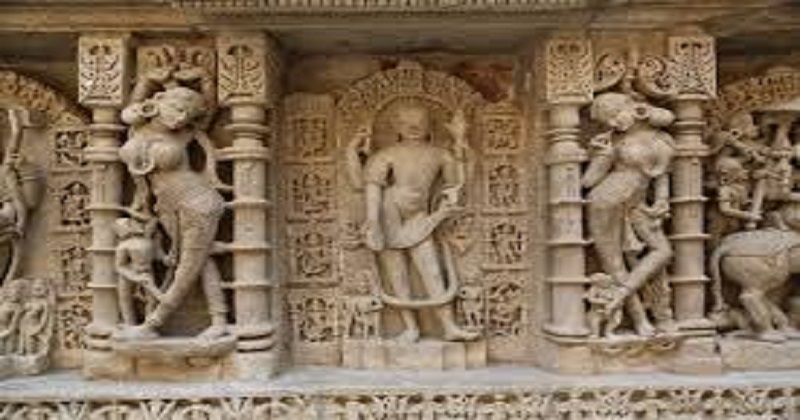
The geotectonic changes in the 13th century resulted in changes in course of the Saraswati River which in turn caused changes in the well also. The groundwater decreased and Rani-Ki-Vav stopped functioning as a water well. Due to repetitive floods, the massive structure was almost buried under silt. But the silting which almost buried Rani-Ki-Vav allowed for the exceptional preservation of the architectural wonder for over seven centuries.
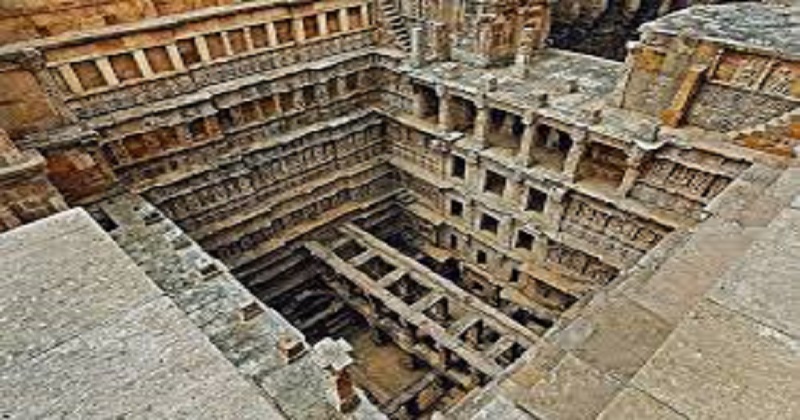
Archeologists Henry Cousens and James Burgess who visited the site in 1890 mentioned that only the well shaft and few pillars were visible. The excavations carried out under the Baroda State in the 1940s revealed the stepwell. The Archaeological Survey of India started the clearance and restoration on the site in 1958. The work was massive and it had to be done with utmost care. The silt was carefully cleared by hand. The restoration was completed in the 1980s. It took three decades to remove silt and restore the structure to its present form.
Rani-Ki-Vav is now protected as a national monument under the Ancient Monuments and Archaeological Sites (ASI) Act of 1958 amended by its revision of 2010. The management of the property is under the sole responsibility of the ASI. Rani-Ki-Vav has been listed as one of UNESCO’s World Heritage Sites since 2014.
The Reserve Bank of India (RBI) has featured this amazing architectural wonder on the reverse of the latest lavender-coloured hundred rupee note highlighting the country’s rich cultural heritage.


Post Your Comments